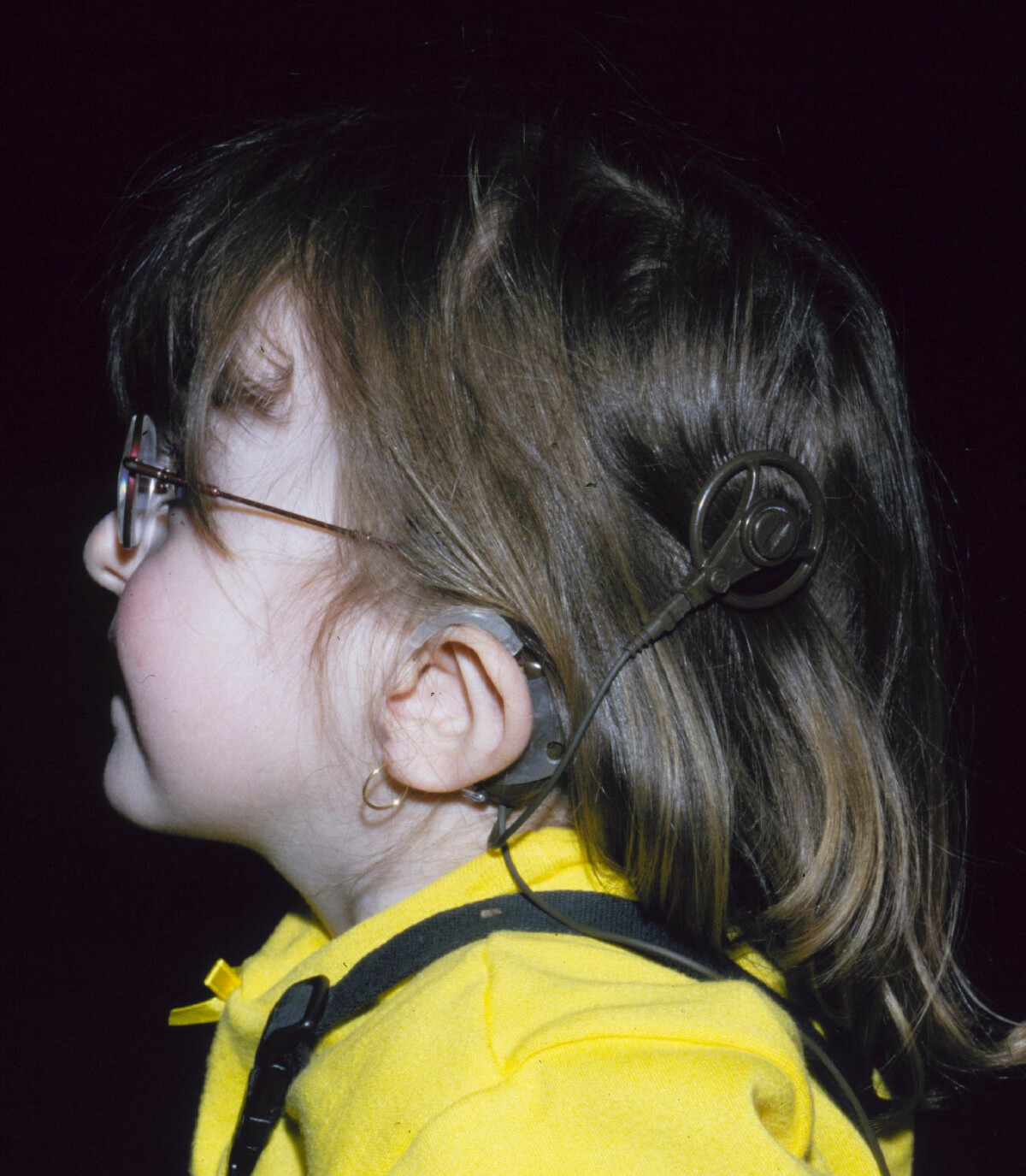Charge Syndrome

CHARGE syndrome is a multiple congenital anomaly syndrome characterized by the variable combination of multiple anomalies, mainly Coloboma; Choanal atresia/stenosis; Cranial nerve dysfunction; Characteristic ear anomalies (known as the major 4 C's).
Epidemiology
The incidence is estimated to be 1/12,000 - 15,000 live births.
Clinical description
The syndrome shows a variable clinical picture, even within a family, depending on the associated anomalies. It presents in the neonatal period with cyanosis due to choanal atresia (60-70%, bony/membranous, unilateral/bilateral) and/or cyanotic heart disease (75-80%; e.g. conotruncal heart malformations, aortic arch defects; see these terms). Coloboma, more likely retinal, is present in 75-90% and can be in conjunction with microphthalmia and lead to vision loss. Ear anomalies (95-100%) include low-set lop or cup-shaped outer ear with deficient cartilage of the outer pinna and a triangular concha, middle ear ossicle malformations, leading to chronic serous otitis media, and sensorineural hearing loss. Cranial nerve abnormalities are frequent and include abnormalities of the olfactory, facial, auditory, vestibular nerves and those involved in swallowing. Central nervous system (CNS) defects involve cerebral atrophy, corpus callosum agenesis, posterior fossa anomalies and cerebellar hypoplasia. Genital hypoplasia and delayed puberty are observed. Failure to thrive is often related to the severe sucking/swallowing problems. Motor delay (due to balance problems), speech delay and delay in fine motor skills are also noted. Dysmorphic facial features include square face, prominent forehead, prominent nasal bridge and asymmetry from the facial palsy. Upper airway defects (e.g. congenital laryngomalacia, congenital tracheomalacia; see these terms), tracheoesophageal fistula (TEF) and gastroesophageal reflux are common. Endocrine dysfunction (growth hormone deficiency, hypogonadotropic hypogonadism) and immune abnormalities (e.g. severe combined immune deficiencies, isolated T-cell lymphopenia) are also observed. Chest infections are frequent. Patients may manifest an autistic like behavior associated with attention deficit hyperactivity disorder (ADHD), obsessive-compulsive disorder (OCD) and anxiety.
Diagnostic methods
Diagnosis is initially clinical. Any of the major 4 C's criteria should prompt the physician to screen for additional anomalies. Magnetic resonance imaging of the temporal lobe demonstrates absent or hypoplastic semi-circular canals (most predictive feature of the CHD7 mutation). Diagnosis is confirmed by genetic testing.
Differential diagnosis
Differential diagnosis includes Abruzzo-Erickson syndrome, Kallmann syndrome, 22q11.2 deletion syndrome, VACTERL/VATER association, Kabuki syndrome, renal coloboma syndrome, Cat-eye syndrome, Joubert syndrome, BOR syndrome, 5q11.2 microdeletion syndrome (see these terms) and other chromosomal microdeletion syndromes.
Antenatal diagnosis
Prenatal diagnosis involves detection by ultrasound in the 2nd trimester of polyhydramnios, CNS, heart and genitourinary malformations, ear anomalies. Molecular studies can be performed.
Genetic counseling
CHARGE syndrome is either sporadic (97%) or shows an autosomal dominant transmission. There is a 1-2% risk of gonadal mosaicism.
Management and treatment
Management requires a multi-disciplinary approach (involving dieticians, gastroenterologists, endocrinologists, cardiologists) that associates surgical management, services for persons with vision and hearing loss (deaf/blind services), occupational therapy, physiotherapy, speech/language therapy, cochlear implant, behavior therapy and psychological counseling.
Prognosis
Mortality is high during the neonatal period often due to the combination of cyanotic heart disease, TEF, choanal atresia, T-cell deficiency and brain anomalies. Mortality and morbidity in the post-neonatal period are often related to post-anesthesia events and feeding problems resulting in aspiration pneumonia.